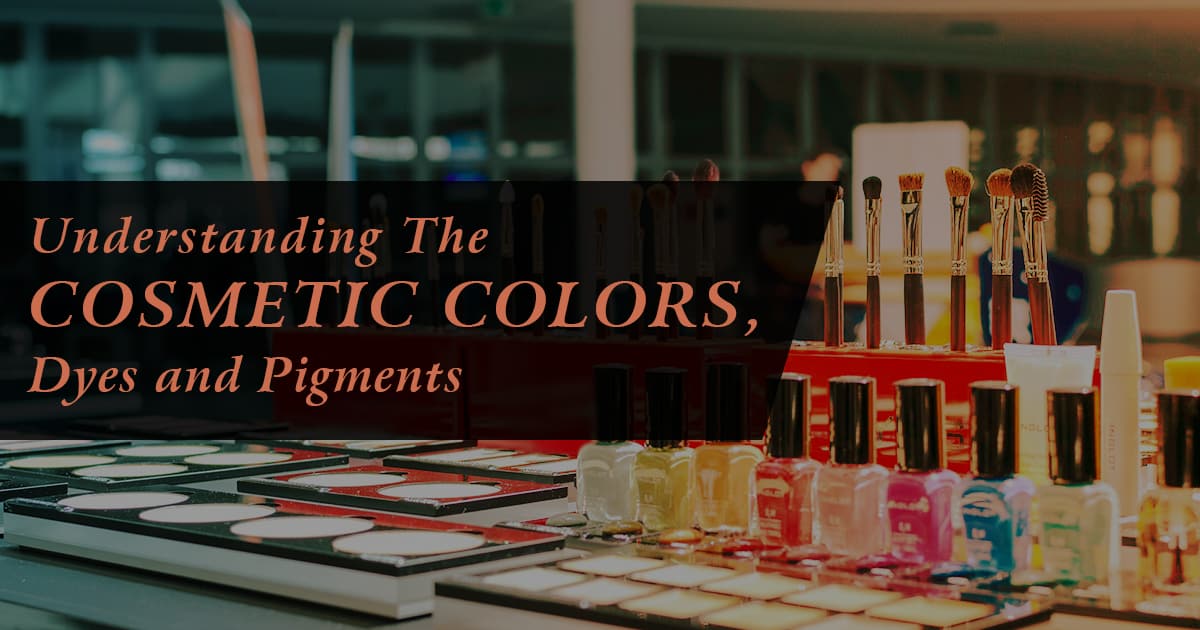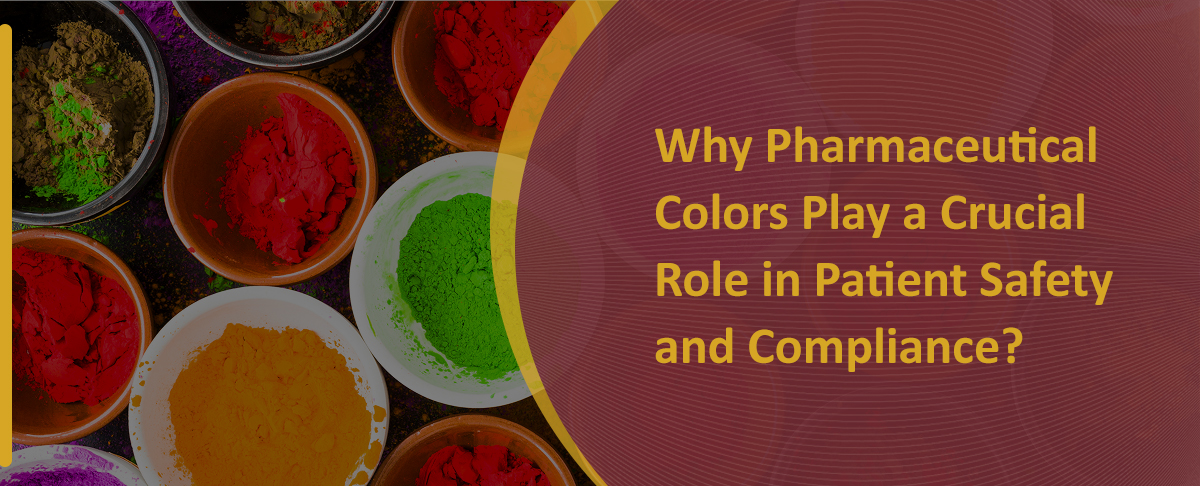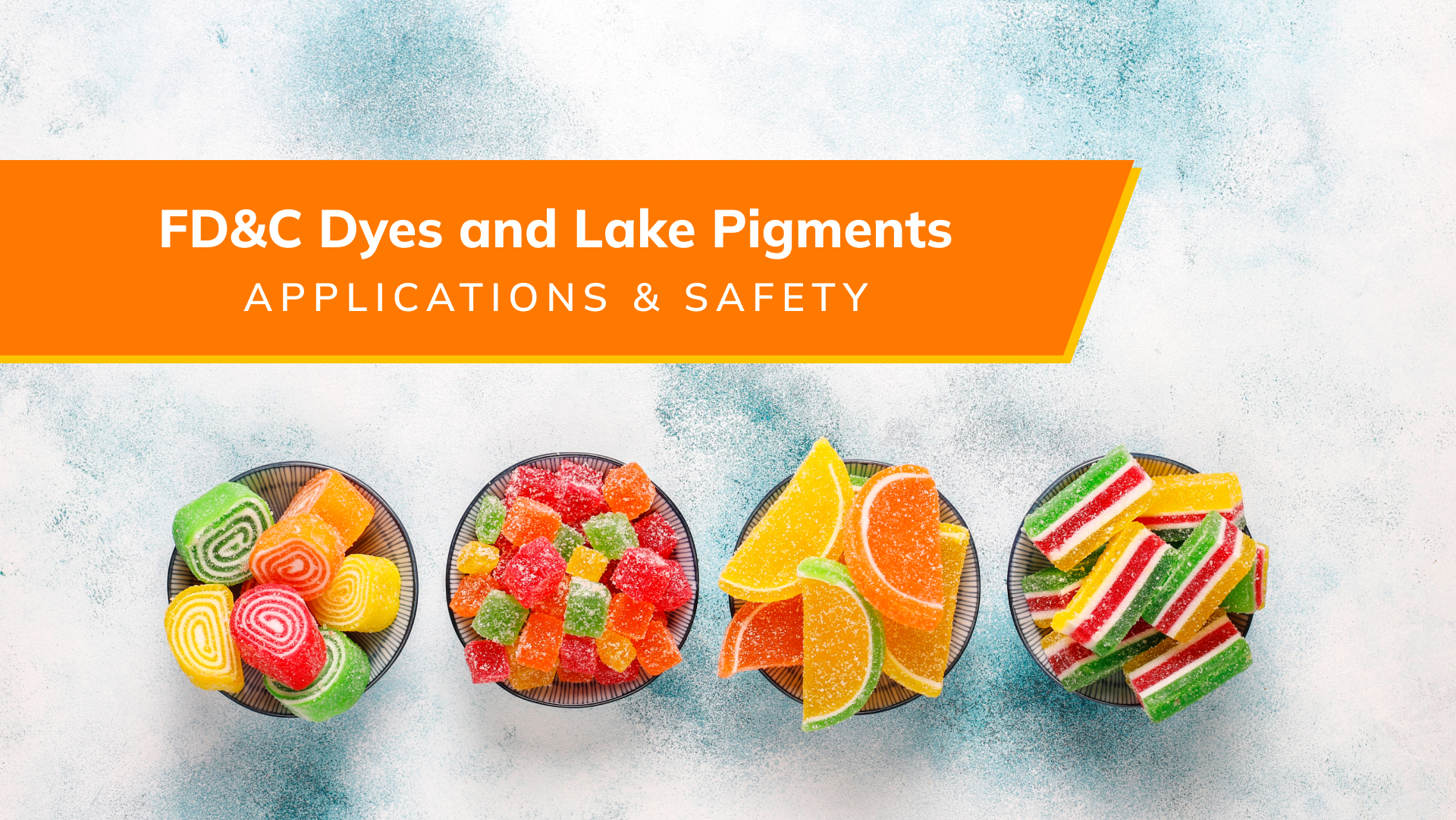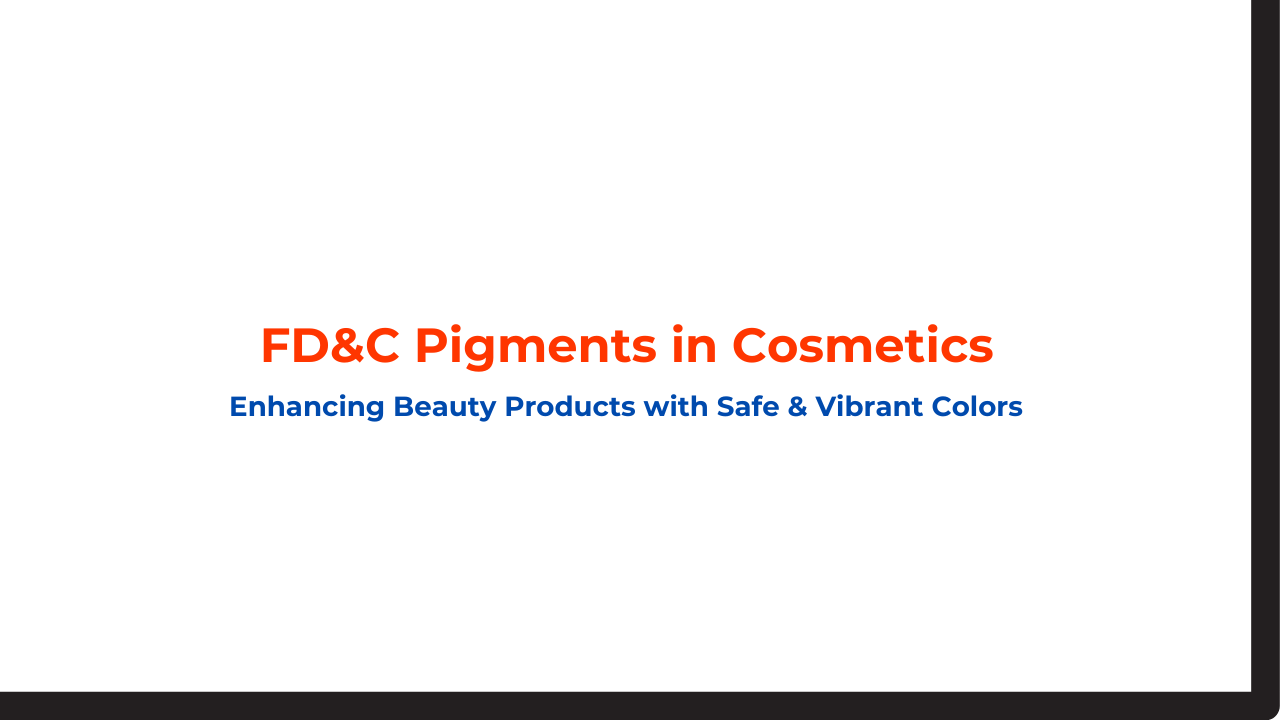What are dyes?
Dyes are colorants that dissolve in liquids like water or alcohol and stick to materials to add color.
Because they are soluble, dyes penetrate substrates—such as fabric, paper, or leather—and integrate into the material. This process produces rich, vibrant coloration, which can vary in intensity based on the dye type and application method.
Chemists commonly classify dyes based on their chemical structure and how they interact with different materials. Examples include:
- Reactive dyes (used for cotton and cellulose fibers)
- Acid dyes (ideal for silk, wool, and nylon)
- Direct dyes (for easy application on cotton and linen)
- Basic dyes (for synthetic fibers like acrylic)
Many industries, such as textiles, leather, paper, food, pharmaceuticals, and cosmetics, use dyes because of their bright colors and how easily they mix with different materials.
However, dyes often need the right temperature, pH, and time to work well, and they may not hold up as well as pigments against light, heat, or washing.
Read More: Understanding the fundamentals of Dyes and Pigments
What are Pigments?
Because pigments don’t dissolve in liquids, manufacturers blend them with materials like oil, resin, or acrylic to apply them smoothly. Unlike dyes, pigments do not penetrate the surface of the material.
Instead, a binder or adhesive holds them in place as they sit on the substrate. This gives them excellent durability and resistance to fading, weather, and chemical exposure.
Experts broadly classify pigments into the following categories:
- Organic pigments (e.g., phthalocyanine blue, azo pigments)
- Inorganic pigments (e.g., titanium dioxide, iron oxide, ultramarine)
Industries use pigments in paints, inks, plastics, cosmetics, and building materials because they hold their color for a long time.
Because pigments are larger and don’t dissolve, they usually cover better and resist light and heat more than dyes.
However, pigments don’t bond with the surface, so they need special formulas and methods to stick and spread properly.
Difference between Dyes and Pigments

| # | Aspect | Dye | Pigment |
|---|---|---|---|
| 1 | Definition | A soluble colorant that chemically bonds with the substrate. | An insoluble colorant that adheres to surfaces via a binder. |
| 2 | Solubility | Soluble in water or other solvents. | Insoluble; dispersed in a medium. |
| 3 | Coloring Mechanism | Penetrates and reacts with the material. | Stays on the surface, mechanically bonded with a binder. |
| 4 | Chemical Bonding | Forms ionic or covalent bonds with substrates. | No chemical bonding; requires adhesives or film-formers. |
| 5 | Appearance | Usually transparent and bright. | Typically opaque and solid in coverage. |
| 6 | Lightfastness | Generally poor; tends to fade with UV exposure. | Excellent, resistant to fading under sunlight. |
| 7 | Heat Resistance | Lower resistance to heat; may degrade. | High thermal stability; suitable for high-temp processes. |
| 8 | Water Resistance | Water-soluble; may wash out unless fixed. | Water-resistant once dried or cured. |
| 9 | Color Range | Offers brighter, more vivid colors. | Offers more muted but stable colors. |
| 10 | Application Method | Applied through dye baths, steaming, or chemical treatments. | Mixed into a medium and applied as paint, ink, or coating. |
| 11 | Use in Textiles | Ideal for fabric dyeing due to fiber penetration. | Used in pigment printing; sits on the fabric surface. |
| 12 | Use in Paints and Inks | Limited use; tends to bleed or fade. | Standard for paints, inks, and coatings due to durability. |
| 13 | Durability | Less durable; prone to bleeding or fading. | Highly durable and resistant to weathering. |
| 14 | Opacity | Transparent or translucent. | Opaque, providing better hiding power. |
| 15 | Particle Size | Molecular (very small). | Larger particle size. |
| 16 | Penetration | Penetrates into the material. | Stays on the surface. |
| 17 | Binding Requirement | No binder needed; bonds chemically. | Needs a binder to adhere to surfaces. |
| 18 | Compatibility with Mediums | Compatible with aqueous systems. | Compatible with a wide range of binders and solvents. |
| 19 | Stability in Harsh Conditions | Poor stability in sunlight, heat, and chemicals. | Excellent resistance to external conditions. |
| 20 | Cost | Often cheaper in raw form. | It may be more expensive, especially for high-performance or metallic pigments. |
| 21 | Environmental Impact | May involve complex wastewater treatment. | It can be more eco-friendly, depending on the composition. |
| 22 | Toxicity | Some dyes (e.g., azo dyes) can be allergenic or toxic. | Some pigments (e.g., cadmium, lead) are hazardous. |
| 23 | Shelf Life | Shorter dye solutions can degrade. | Longer, dry pigments remain stable for years. |
| 24 | Ease of Removal | Difficult to remove once fixed. | Easier to remove or repaint. |
| 25 | Customization | Allows for more subtle color gradients and blends. | Blends well in coatings, but harder to achieve fine gradients. |
| 26 | Use in Cosmetics | Used in liquid-based products like lotions or dyes. | Common in color cosmetics (e.g., lipsticks, blush) for their stability. |
| 27 | Use in Plastics | Limited to transparent or colored plastic applications. | Preferred for mass plastic coloration due to heat/light stability. |
| 28 | Natural vs. Synthetic | Can be natural (plant-based) or synthetic. | Can be natural (earth pigments) or synthetic (organic/inorganic). |
| 29 | Printing Technology | Used in inkjet printers for bright color output. | Used in laser printers and high-end printing for longevity. |
| 30 | Regulatory Compliance | Subject to REACH, FDA, or other regulatory frameworks depending on usage. | Also regulated, especially in toys, cosmetics, or food contact materials. |
Conclusion
The difference between dye and pigment goes far beyond simple color delivery. It involves chemistry, application methods, durability, environmental considerations, and intended end-use.
Dyes offer vibrant color through chemical bonding, which is ideal for textiles and solution-based products. Conversely, pigments provide superior durability, opacity, and stability, making them the preferred choice for paints, plastics, and industrial coatings.
Choosing the right colorant depends on your project’s requirements—whether you prioritize vibrancy, durability, cost-efficiency, or environmental safety.




